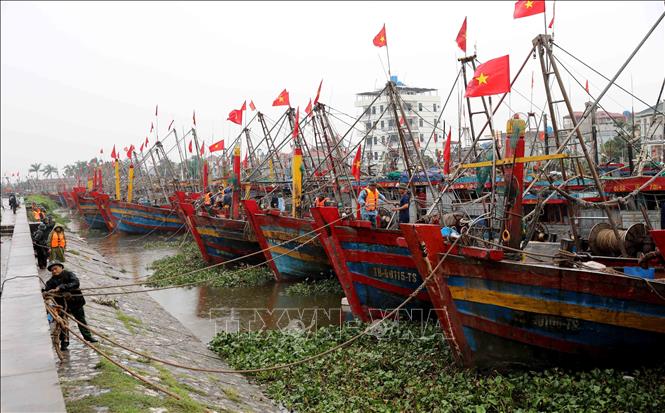
Accordingly, the Chairman of the Provincial People's Committee requested the Chairmen of the People's Committees of communes and wards to regularly and continuously monitor and update warning bulletins, forecasts and developments of the storm to proactively direct the implementation of response work in accordance with specific developments in the locality.
For coastal communes, coordinate with the Provincial Military Command and relevant units to focus on directing and immediately deploying urgent measures to review and count all local vessels and vehicles operating at sea and along the coast; coordinate with relevant agencies by all means to inform ship owners and captains of vessels and vehicles still operating at sea about the developments and forecast of the storm's movement direction; guide them to move away from and not enter areas at risk of being affected by the storm; call on and guide vessels and vehicles to safe shelters; at the same time guide and support the deployment of necessary measures to ensure the safety of vessels at anchorage.
Localities, based on the specific situation of the risk and level of impact of the storm on the locality, proactively decide to restrict ships and means of transport from going out to sea or prohibit the sea when necessary (pay attention to prevent storms, whirlwinds, and lightning before the storm directly affects); control and limit means of transport during the storm causing strong winds and heavy rain to limit incidents and ensure the safety of people's lives. Localities deploy measures to prevent and combat storms in coastal areas and on land, including proactively reinforcing to ensure the safety of houses, infrastructure works, sea dykes, and key embankments, limiting damage to production, especially agricultural production; support people in harvesting agricultural products that are about to be harvested with the motto "green at home is better than old in the fields" to limit damage caused by storms.
In addition, localities review plans to relocate clam and seafood farming workers, fishermen on fishing vessels anchored in the area, and people living in dangerous areas; review and complete scenarios and plans to respond to storms according to the "four on-site" motto suitable for each locality; proactively reinforce houses, evacuate people from dangerous areas, ensure safety of life, and limit damage to people's property when natural disasters occur. At the same time, direct and guide the implementation of measures to protect houses, warehouses, public works, and infrastructure to protect production, especially agricultural and aquatic production, and limit damage caused by storms; direct functional units to urgently clear the flow, thoroughly drain water in the system and on the field to protect production...
The Department of Agriculture and Environment of the province inspects and reviews plans to protect key dykes, embankments, and culverts, and works under construction on dykes, especially estuaries and sea dykes. Ensure the safety of people and property in the estuary and coastal areas to prevent storms combined with high tides from causing overflows and breakage of dykes and dikes; when detecting unsafe works, proactively mobilize forces, means, and materials to handle and reinforce them immediately. Organize on-duty teams to monitor developments, forecast, warn, and promptly inform authorities and people about the developments of storms; proactively advise the Provincial People's Committee to proactively prevent and combat storms.
The Provincial Military Command coordinates with relevant units to prepare plans, proactively arrange forces and means to support people in localities, and be ready to deploy response, rescue and relief work when requested. The Provincial Police directs relevant units and grassroots police forces to proactively arrange forces and means to key areas, ready to support people in localities and areas forecasted to be at risk of being affected by the storm; be ready to deploy response, rescue and relief work when requested.
The Departments of Education and Training and Health direct the implementation of work to ensure safety for students, forces, equipment, and infrastructure under the management of the sector to limit damage, not to affect students' learning, maintain emergency activities, and promptly restore normal medical examination and treatment activities for people immediately after the storm.
The One Member Limited Liability Company for Irrigation Works Exploitation of Hung Yen, Bac Thai Binh , Nam Thai Binh, and Bac Hung Hai provinces take advantage of opening the maximum sluices to drain the water in the system to prevent heavy rains from causing flooding for rice and crops, industrial zones, economic zones, and urban areas; ready to activate electric pumping stations to pump out water when required. The Economic Zone Management Board and the Industrial Zone Management Board are responsible for informing and propagating to each enterprise so that enterprises can be proactive in storm prevention and control.
Source: https://baotintuc.vn/xa-hoi/hung-yen-dinh-hoan-cac-cuoc-hop-chua-that-su-can-thiet-de-ung-pho-voi-bao-ragasa-20250922211256591.htm



![[Photo] Prime Minister Pham Minh Chinh chairs the Government's online conference with localities](https://vphoto.vietnam.vn/thumb/1200x675/vietnam/resource/IMAGE/2025/10/5/264793cfb4404c63a701d235ff43e1bd)
![[Photo] Prime Minister Pham Minh Chinh launched a peak emulation campaign to achieve achievements in celebration of the 14th National Party Congress](https://vphoto.vietnam.vn/thumb/1200x675/vietnam/resource/IMAGE/2025/10/5/8869ec5cdbc740f58fbf2ae73f065076)





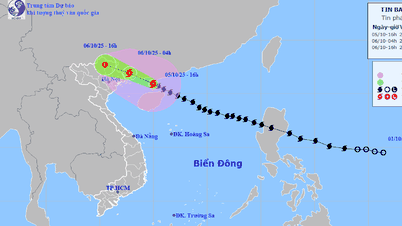

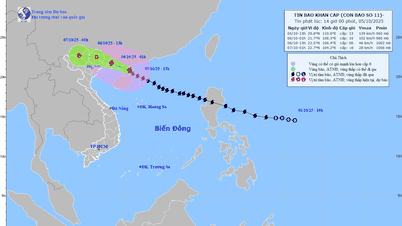
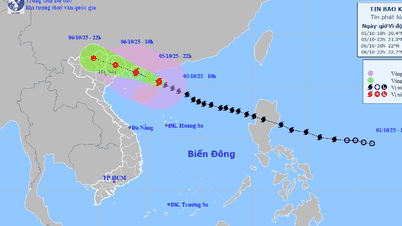



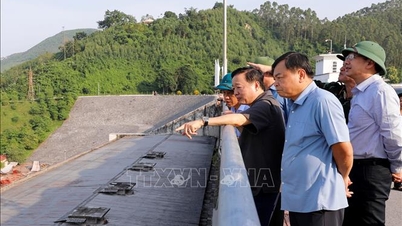
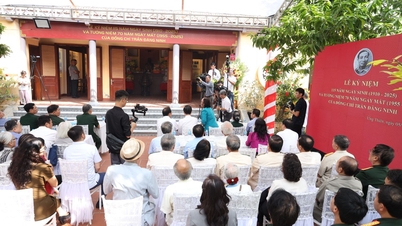

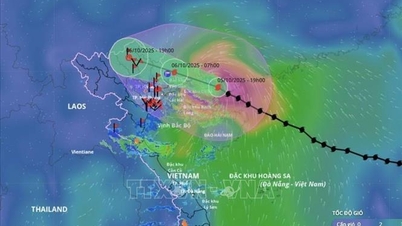
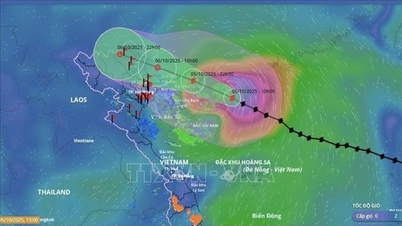
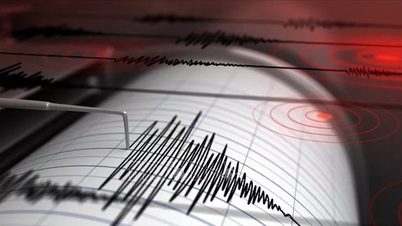




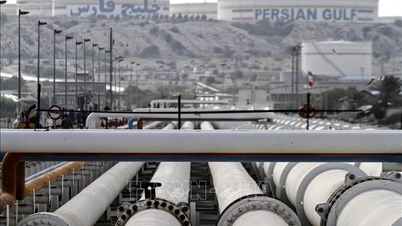


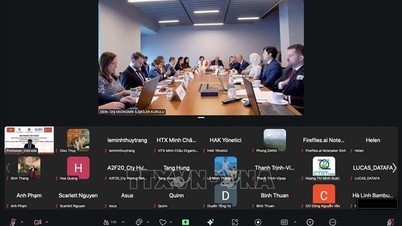




























![[VIDEO] Summary of Petrovietnam's 50th Anniversary Ceremony](https://vphoto.vietnam.vn/thumb/402x226/vietnam/resource/IMAGE/2025/10/4/abe133bdb8114793a16d4fe3e5bd0f12)

![[VIDEO] GENERAL SECRETARY TO LAM AWARDS PETROVIETNAM 8 GOLDEN WORDS: "PIONEER - EXCELLENT - SUSTAINABLE - GLOBAL"](https://vphoto.vietnam.vn/thumb/402x226/vietnam/resource/IMAGE/2025/7/23/c2fdb48863e846cfa9fb8e6ea9cf44e7)


















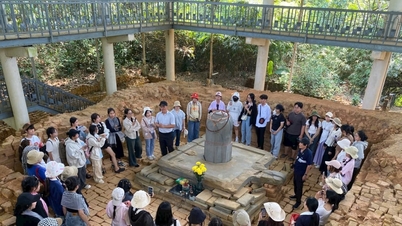
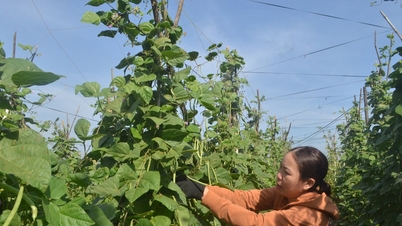
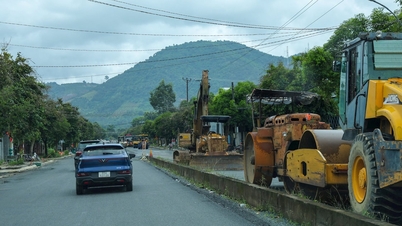













Comment (0)